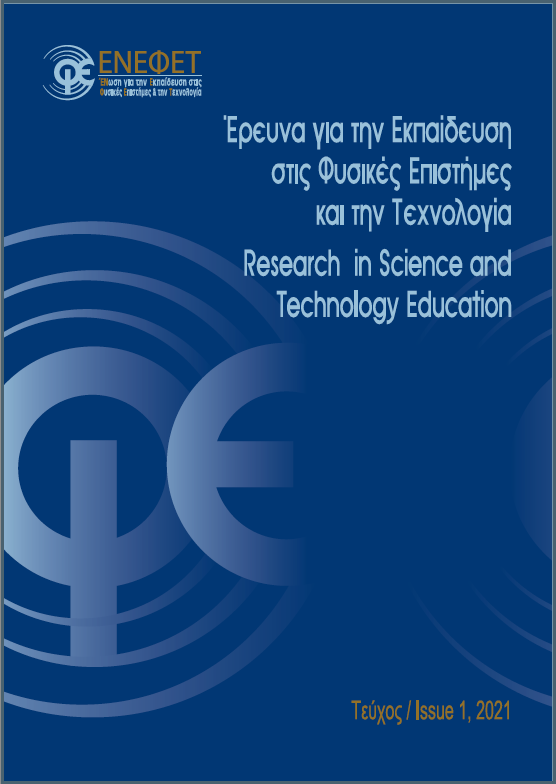Διερεύνηση Μαθησιακών Διεργασιών και Ανάπτυξη Μεθόδων Διδασκαλίας και Αξιολόγησης

Περίληψη
Στην εργασία αυτή περιγράφονται τα ερευνητικά αποτελέσματα τριών θεματικών ενοτήτων που αφορούν στο τρίπτυχο Μαθησιακές Διεργασίες - Μέθοδοι Διδασκαλίας - Μέθοδοι Αξιολόγησης. Στην πρώτη ενότητα διερευνήθηκε με το εργαλείο VACT η μετάβαση ομάδων διδασκόμενων διαφορετικής εμπειρίας από τη χρήση οπτικών στην υιοθέτηση αναλυτικών στρατηγικών κατά την επίλυση προβλημάτων Οργανικής Χημείας. Διερευνήθηκαν, επίσης, τα χαρακτηριστικά των μαθητών που προβλέπουν τη χρήση αυτών των στρατηγικών. Στη δεύτερη ενότητα περιγράφεται η ανάπτυξη και η εφαρμογή μιας συστημικής διδακτικής μεθόδου για τη διδασκαλία και αξιολόγηση στο πεδίο της Οργανικής Χημείας, καθώς και η ανάπτυξη συστημικών ερωτήσεων με τα κατάλληλα χαρακτηριστικά για τη διερεύνηση της συστημικής σκέψης. Στην τρίτη θεματική ενότητα διερευνήθηκαν τα απαραίτητα χαρακτηριστικά που πρέπει να έχουν οι χημικές αναπαραστάσεις ώστε να διευκολύνεται η μάθηση με κατανόηση. Προτάθηκαν κριτήρια αξιολόγησης, με τα οποία αξιολογήθηκαν και οι αναπαραστάσεις σχολικού βιβλίου Β τάξης λυκείου. Εξετάσθηκε, επίσης, η ικανότητα μετάφρασης χημικών αναπαραστάσεων Ελλήνων μαθητών και φοιτητών.
Λεπτομέρειες άρθρου
- Πώς να δημιουργήσετε Αναφορές
-
Τζουγκράκη Χ. (2021). Διερεύνηση Μαθησιακών Διεργασιών και Ανάπτυξη Μεθόδων Διδασκαλίας και Αξιολόγησης. Έρευνα για την Εκπαίδευση στις Φυσικές Επιστήμες και την Τεχνολογία, 1(1), 133–166. https://doi.org/10.12681/riste.27273
- Ενότητα
- Άρθρο Ερευνητικό
Οι συγγραφείς διατηρούν τα πνευματικά δικαιώματα και παρέχουν στο περιοδικό το δικαίωμα της πρώτης δημοσίευσης μαζί με την αδειοδότηση της εργασίας με CC-BY-NC-SA, που επιτρέπει σε άλλους να μοιράζονται αυτή την εργασία με αναγνώριση του συγγραφικού δικαιώματος και την αρχική δημοσίευση σε αυτό το περιοδικό.


